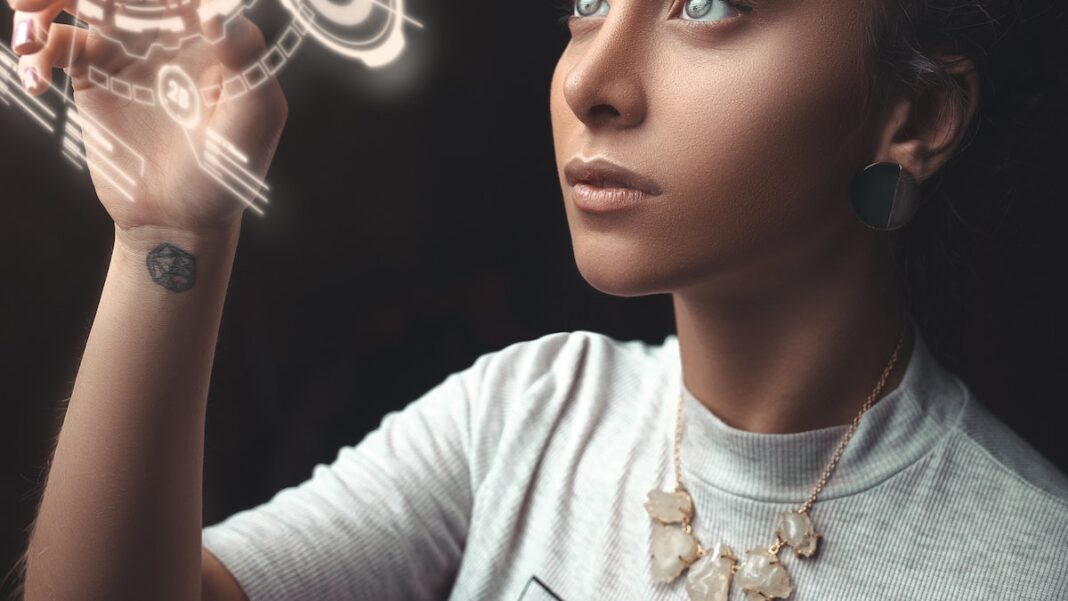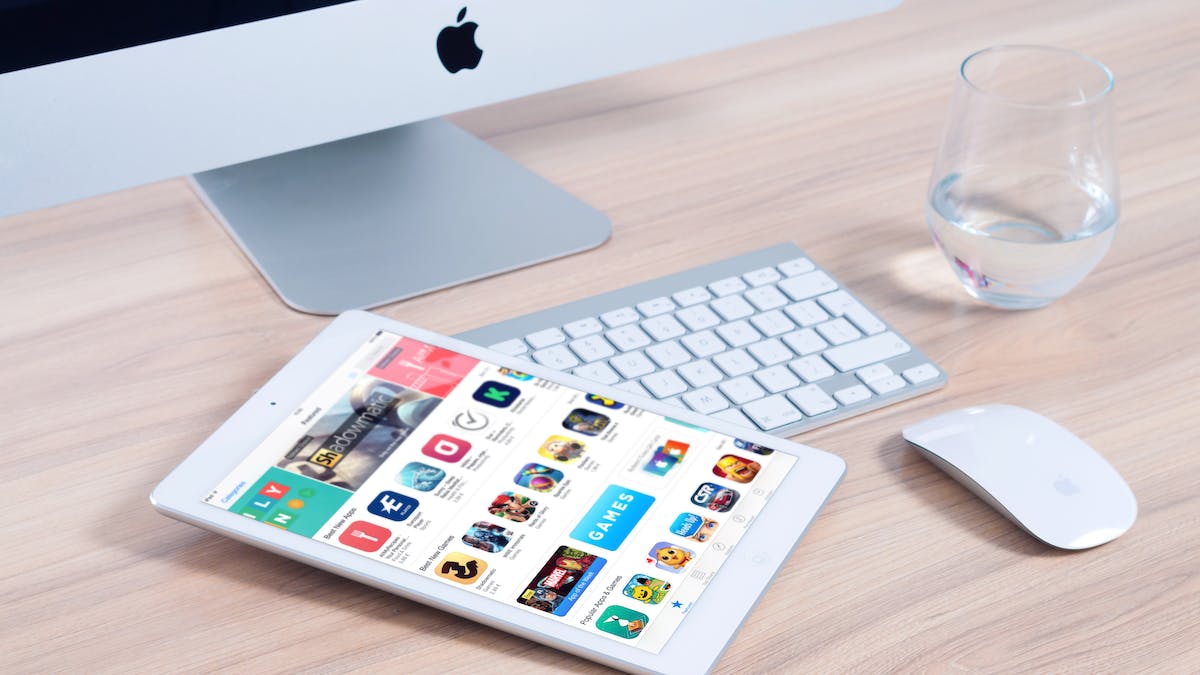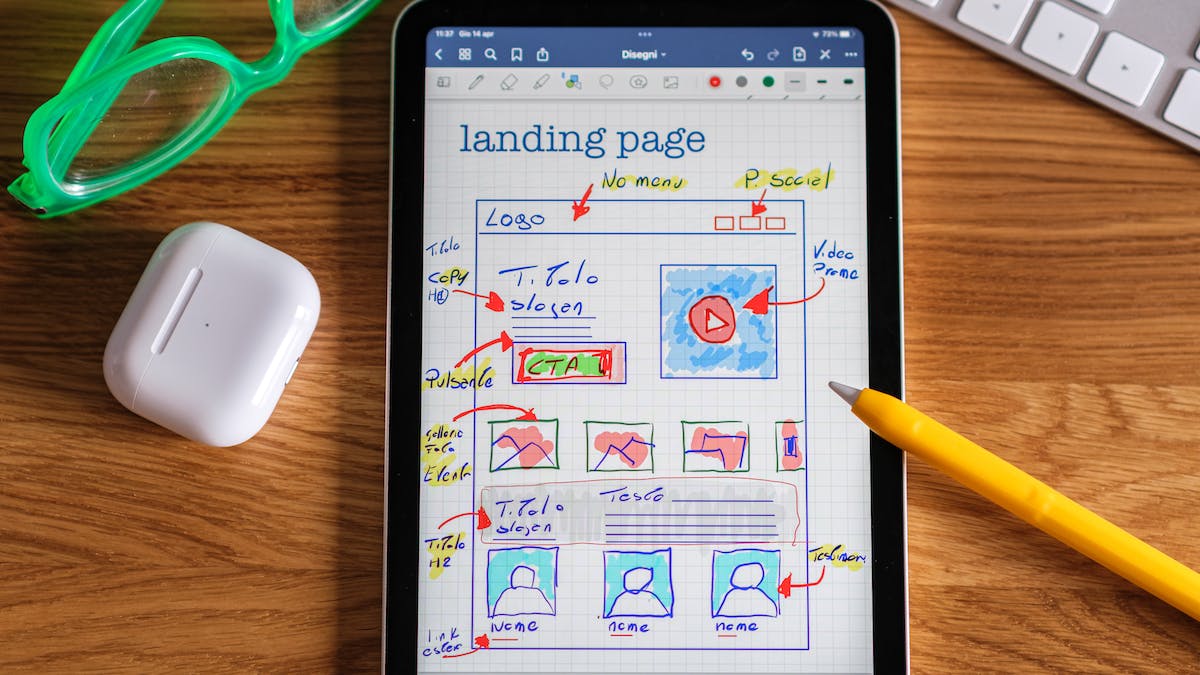Developing digital products is often a time-consuming and resource-intensive process.
Before launching a new website, developing an application, or producing digital content, companies must precisely identify the needs of their target. Otherwise, the long months of hard work and heated discussions within the project team and the budget invested could well go up in smoke.
In order not to develop products that are on the market extremes, but rather to offer its customers an offer of products that are easy to use and intuitive, capable of solving real problems, the digital sector, in particular, has defined the concept of “user-centered design “.
User-centered design: definition
The basic principles of user-centered design are listed in ISO 9241-210:2019 (Ergonomics of human-system interaction – Part 210: Human-centered design for interactive systems). This is the successor standard to ISO 13407, which already described the human-centered design process for interactive systems. Definition
“User-centered design” is an approach to developing and designing products that place the users’ needs at the heart of the process, with a view to providing them with an optimal user experience.
When developing new (digital) offerings, many companies get lost in their own perception of things. Rather than starting by asking users about the structure, design, and functions of products, companies often focus on innovative technical capabilities, their goals (what can we offer in the short term based on our resources?), and an attractive GUI. Software created in this way often has to be reworked. Their use is often not very intuitive and their functionalities do not correspond to user expectations.
The user-centered design transforms this way of doing things. Business interests and skills are no longer privileged in the development process. Conversely, we are interested in the users’ needs, capacities, and wishes.
Here, before starting the development of the software, possible user scenarios are analyzed. Then, throughout the development process, he is asked for regular feedback. The product gradually takes shape, through this iterative process, in close cooperation with future customers.
This concept was introduced in the 1990s, in the world of product design. However, in the digital realm, the user-centric approach has only taken off in recent years.
« user-centered design » vs « human-centered design »
When studying “user-centered design”, one often comes across the term human-centered design. The differences between these concepts are, if any, very thin. Even experts regard these terms as synonyms, although some note slight linguistic differences. The term “user” refers to a specific target group, while “human” has a more general connotation.
“Human-centered design ” would therefore not relate only to users, but equally to other actors in the development process interacting only indirectly with the new product.
Design professor Donald A. Norman is one of the leading international experts in “user-centered design” and was also one of the first to use this term. His latest publications reveal a linguistic shift: where previously he used the term “user-centered design”, he prefers, in his new articles, the terms “human-centered design” or “people-centered design”.
Principles of user-centered design
The ISO 9241-210:2019 standard defines six basic principles of the “user centered design” process:
- The design is based on a real understanding of the user, his tasks, and his environment: Having an idea of the users of his product. “User-centered design” requires deep immersion in the user’s daily universe.
- Users are integrated into the entire design and development process: this is one of the major differences with other methods. Users are not asked to review a finished product. Conversely, their opinion serves as the starting point for product development.
- The design evolves according to user evaluation: each prototype and/or beta version is/are evaluated by users. The feedback collected is used during the following stages of product development.
- The process is iterative: the steps in the product development process are not linear and may come back several times. Users’ opinions may also make it necessary to repeat different phases.
- The entire user experience is taken into account: “user-centered design” does not aim to facilitate the use of a product, but to better understand the user experience. A product should instill positive emotions, offer real solutions and invite repeated use.
- The project team is multidisciplinary: “user-centered design” requires close collaboration between several departments. Silos have no place in this process. Only when writers, designers, and programmers work together from their different perspectives can they best meet user requirements.
The process of user centered design
User-centered design is based on certain essential principles. Although it is always presented as an iterative development process, there is however no explicit method for its implementation. This approach can be integrated within a cascading organization or a so-called “agile” environment.
According to ISO 9241-210:2019, independently of the concrete design, four process phases could be identified:
1. Context analysis
The first step is to analyze the context in which users will use the product. Who are its future users and for what purposes will they actually use the product? Project teams will find the answers to these questions through field observations and surveys.
2. Definition of requirements
In the second step, it is important to define the specific requirements that the new product must meet. Here, we try to detail the requirements of the users and study those of the company.
3. Conception
Only then does the actual design process begin. First, a simplified prototype can be created, on paper, for example, then digital wireframes can follow until a prototype is finally created.
4. Evaluation
Once the prototype has been created, the project team will survey the opinion of potential users. For digital apps, this typically means conducting comprehensive usability testing and quality surveys. Indices of efficiency (can the user do what he wants?), performance (how fast can the user reach his goal?) and general satisfaction will be calculated.
Based on the new information collected, the project team can return to step 2 or 3 of the design process to optimize the product. These iterations are repeated until satisfactory user feedback is obtained. It is then that the framework conditions defined by the company (time and costs) will have to be taken into account.
Example of user centered design
Moneythink develops a financial application for young people
The American company Moneythink has developed a financial application for young people in disadvantaged neighborhoods by following the “user-centered design” process. The financial applications already available, which encourage users to save funds, synchronize their different accounts and consult detailed statistical information, were not suitable for this target.
The new application had to meet the specific needs of young people: encourage their financial training and support them in the responsible management of a tight budget.
To this end, Moneythink conducted 90 interviews with young people from seven different schools and universities. The team immersed itself in the daily reality of its future users. She analyzed and used other applications popular with young people (such as Snapchat and Instagram) and collected, through field observations of groups of young people, at school and at home, additional contextual information.
This knowledge was then integrated during the development of the application. During “design sprints”, the team tested ways to make the app more “cool” and attractive and give it an “Instagram factor”. After the publication of the application, while the numerical results did not quite meet the expectations of the team, the latter continued its work of adjustment and proceeded to collect detailed information on the opinion of the users.
True to the slogan: “Important things don’t happen in the office”.
Benefits of user-centered design
The choice of the “user centered design” brings many advantages to the user, but is also worthwhile for companies.
- Customer satisfaction: the early integration of users into the product creation process makes it possible to obtain a finished product that meets customer expectations. As a result, the company enjoys higher turnover and lower after-sales service costs.
- Product security: The project team develops a product suitable for the specific target group and use case. To the extent that the relevant information is precisely taken into account, the risk of creating a defective or even dangerous application for the user is reduced.
- Quality: By getting to know customers’ needs, fears, and wants personally, developers and designers develop a sense of empathy toward them. They thus create more ethical and humane products. Often overlooked aspects, such as privacy or barrier-free usability, are thus kept in mind throughout the process.
- Sustainability: Since the project team does not proceed with development based on its own point of view, but on the diversity of the needs of its potential customers, the products created attract a wider customer base. User-centered design therefore also contributes to the economic sustainability of the company.
- Profitability: by asking the opinion of users before the end of product development, by being interested in their needs from the start, and by collecting their feedback from the development of the first prototypes, it is possible to maintain modification costs and final adjustments at a relatively low level.
- Competitive advantage: Since not all companies have made user-centricity their primary concern or are only poorly able to apply this principle, those who manage to implement a “user-centered” process efficiently often stand out positively from the competition.
The Future of user-centered design
We can’t say whether, in the coming years, marketers will continue to talk about “user-centered design”, “human-centered design” or “people-centered design”. As long as their implementation does not meet any static rules, they will certainly continue to evolve.
That said, one thing is certain: far from being a passing trend, user-centered design is already establishing itself as a best practice in the digital sector. Moreover, given the volatile, complex, and uncertain situation of the market, its importance will continue to grow in the future.






